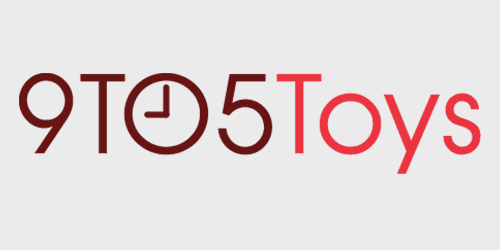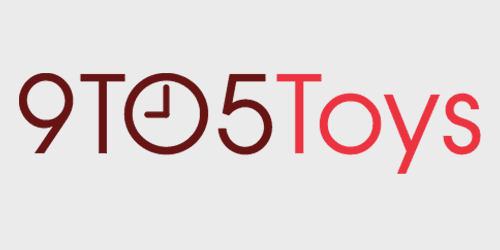
USB microphones make a great addition to any workspace or gaming rig. They plug right into a computer without the need for any additional hardware and typically have some other built-in features like gain control or a mute button. The Neat Bumblebee II packs some handy features for the very reasonable $100 price point. Be sure to hit the video below to see all of the details and hear some comparisons with other popular USB mics.
Neat Bumblebee II: design overview
Neat always makes its microphones a little different. While it has tamed down designs with recent products, the Bumblebee II still stands out with a unique mount. The base is wide, but not super heavy. It has a stable stance, but the hard metal construction from the base through the mounting yoke does lend itself to picking up desk impacts. While it’s maybe not as bad as the SoloCast, it could still do with a shock mount like that found on the QuadCast line.
Overall, the Bumblebee 2 is pretty small and compact. It’s shorter than the HyperX SoloCast, but a bit wider as well. The Razer Seiren Mini still takes the cake for the smallest USB mic that I’ve tried, though.
Neat Bumblebee II: Video
At first, I thought the base could pivot to turn the microphone, but it’s simply a mounting point that can be removed. With the base removed, the yoke can be mounted on a mic stand or boom arm for more versatility. I typically mount microphones on my simple cheap Amazon boom arm that has been serving me well for over two years now.
I do appreciate the added axis of adjustment that the yoke gives the Bumblebee 2 when mounted on a boom arm. With something like the HyperX SoloCast, you’re more limited to where you can position the mic because it hard mounts to the end of the arm. With the Bumblebee 2, it’s easier to get it into an optimal position.

Controls
On the front are a multi-function dial, a mute status light, a mute button, and a small Neat logo. Underneath, the microphone has a USB-C port as well as a 3.5mm headphone out.
Pressing in the multi-function button will toggle between three different adjustment modes indicated by the ring color around the button. The yellow mode will adjust the volume of the headphone out. Press the button again to turn the ring blue and adjust the gain or volume of the microphone running into the computer. Press it a third time to turn the light green and adjust the balance between a microphone sidetone volume and the feed from your computer that goes through the 3.5mm port to your headphones.
The mute button is a simple toggle that will turn the small status light red indicating that the microphone is muted.

Neat Bumblebee II: How does it sound?
I’ve seen plenty of comments in my microphone reviews that say the microphones all sound the same, and for the most part, they are very similar. Every now and then you get one that stands out, but typically the audio is very similar.
And I would say that the Neat Bumblebee 2 also sounds similar to other microphones, and it sounds great. There is plenty of body to give a full, round-sounding representation to my voice. I think it sounds a little bigger with some more low-end presence than the HyperX SoloCast and even the Blue Yeti X. Be sure to hit the video to hear it in action against those two other popular mics.
Condenser microphones are more sensitive than dynamic mics and are more prone to picking up room noise, so be sure you are still relatively close to the microphone and try to use it in an area that doesn’t have too much reverb. But even if you can’t record in an ideal room, the Bumblebee 2 will still help to improve your audio over a computer’s built-in microphone and most mics found on gaming headsets.
Neat’s Bumblebee II is using a cardioid pick-up pattern to focus the sound more toward what is in front of the microphone, which is great for streamers, podcasters, musicians, and other creators. If you need the option for additional polar patterns to pick up audio from more directions, check out our reviews of the Blue Yeti X and the HyperX QuadCast line. They both offer selectable polar patterns with some other great features but also come in at a higher price point.

9to5Toys’ Take
With many of these USB condenser mics sounding the same, which is the best choice? Well, it comes down to feature set and budget. What all do you really need out of your microphone? Do you need a 3.5mm headphone out with lag-free monitoring? If not, maybe check out the SoloCast or Seiren Mini. Do you need more adjustable polar patterns? If so, check out the Blue Yeti X or the HyperX QuadCast S.
But if you need a great-sounding mic with audio out that doesn’t break the bank, give the Neat Bumblebee II a try. The $100 price point keeps it competitive while still adding some nice features.
Buy Neat Bumblebee 2
FTC: We use income earning auto affiliate links. More.




Comments